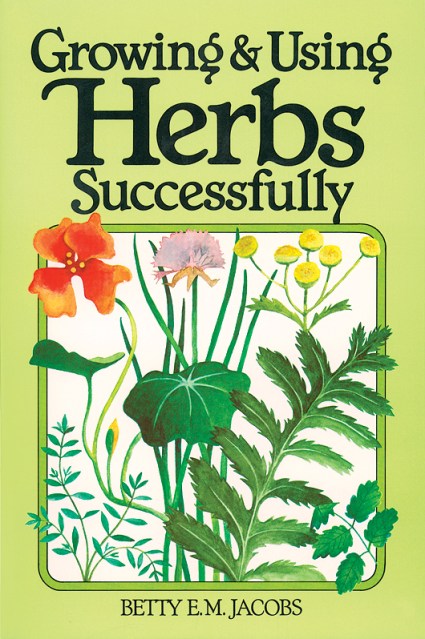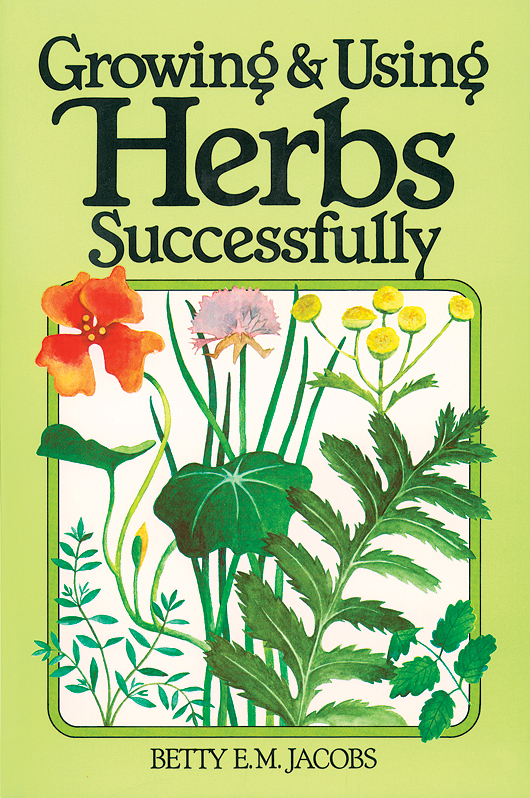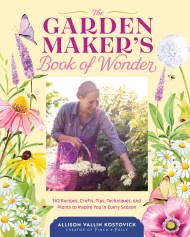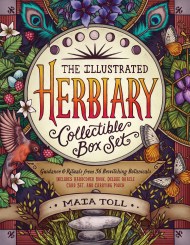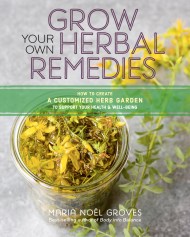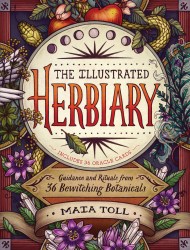Promotion
Use code MOM24 for 20% off site wide + free shipping over $45
Growing & Using Herbs Successfully
Contributors
Formats and Prices
Price
$14.95Price
$19.95 CADFormat
Format:
- Trade Paperback $14.95 $19.95 CAD
- ebook $9.99 $12.99 CAD
This item is a preorder. Your payment method will be charged immediately, and the product is expected to ship on or around January 4, 1981. This date is subject to change due to shipping delays beyond our control.
Also available from:
Bursting with straightforward information on growing and using herbs, this illustrated guide will help you cultivate and maintain a thriving and fragrant garden. Betty E. M. Jacobs draws on years of experience running a commercial herb farm to provide clear instructions for planting, propagating, harvesting, drying, freezing, and storing 64 popular herbs. Whether you’re interested in keeping a few container plants or want to start a profitable business growing herbs, you’ll benefit from the expert advice in this practical guide.
Genre:
- On Sale
- Jan 4, 1981
- Page Count
- 240 pages
- Publisher
- Storey
- ISBN-13
- 9780882662497
Newsletter Signup
By clicking ‘Sign Up,’ I acknowledge that I have read and agree to Hachette Book Group’s Privacy Policy and Terms of Use
